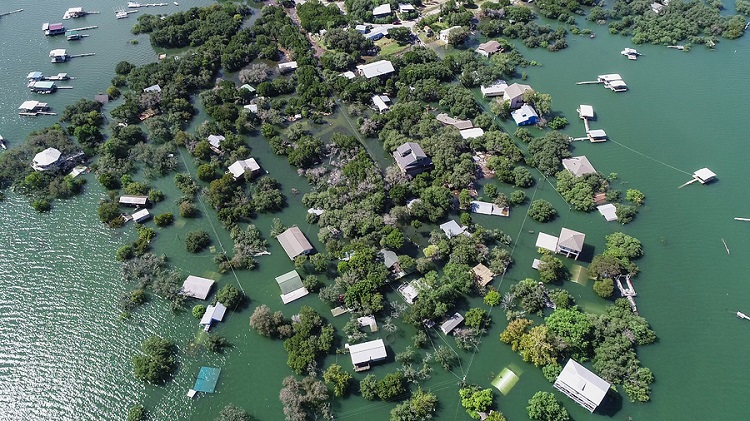From Drones to Doppler: Hi Tech Tools to Manage Insurance Claims

What do drones, facial recognition tech and doppler all have in common? The potential to impact property claims. Read on to get the latest on the insurance implications.
1. Drones, the good and the bad
The use of drones in gathering commercial claims data is not new. However, new liabilities — in which, for example, claims are filed against drones that are researching claims — are raising a new angle.
According to Lori Hunter and Auvied Homaizad at NU Property Casualty 360, “drones are providing insurers with capabilities that were never before thought possible.” However, they’re also introducing risks of their own.
CLM put it this way: “The two major liability concerns involve: (1) bodily injury or property damage caused by the operation of the drone, and (2) the cause of action for invasion of privacy.”
There are also security risks, Hunter and Homaizad pointed out, including spoofing (hijacking), loss of control, and data breach.
While insurers using drones must plan for these liabilities and the laws surrounding them, rest assured, additional regulation will follow.
2. Facial recognition for clouds
Facial recognition technology is a nexus of controversy, as noted by Apurva Venkat at Bank Info Security. Yet for insurers, one of its major benefits may be found in the sky.
One may not think of the sky as having a face; still the same technology that can identify people by their visible features “could help improve prediction of hailstorms and their severity,” reported the National Center for Atmospheric Research (NCAR).
In a new NCAR study, scientists trained artificial intelligence to recognize the type of storm that forms hail at different sizes. Human observers have not been able to make reliable predictions about hail formation and hailstone size themselves, but the deep learning model that they trained achieved “promising results.”
As models such as these are developed and refined, insurers and their customers may find it easier to predict and prevent weather-related damages before they occur.
3. Fine-tuning the weather forecast
Doppler radar has been used in weather surveillance since the late 80s, but lately, its applications are multiplying.
For years, the technology has helped meteorologists “confirm whether a tornado is on the ground, whether hail is present in a thunderstorm, where smoke and chemical plumes from large fires are spreading, and other potentially dangerous weather events,” said Howard Altschule at NU Property Casualty 360.
In 2010 Doppler got better, thanks to the Dual Polarization upgrade, which inspired a variety of products that expanded the tool’s range of use.
The use case is especially compelling for insurers. For example, after a condominium complex was reimbursed $500,000 for a hail claim, Doppler revealed that the storm in question “never came within three miles of the property.”
Meteorological data such as this could prevent unnecessary claims payments — if insurers use it.
